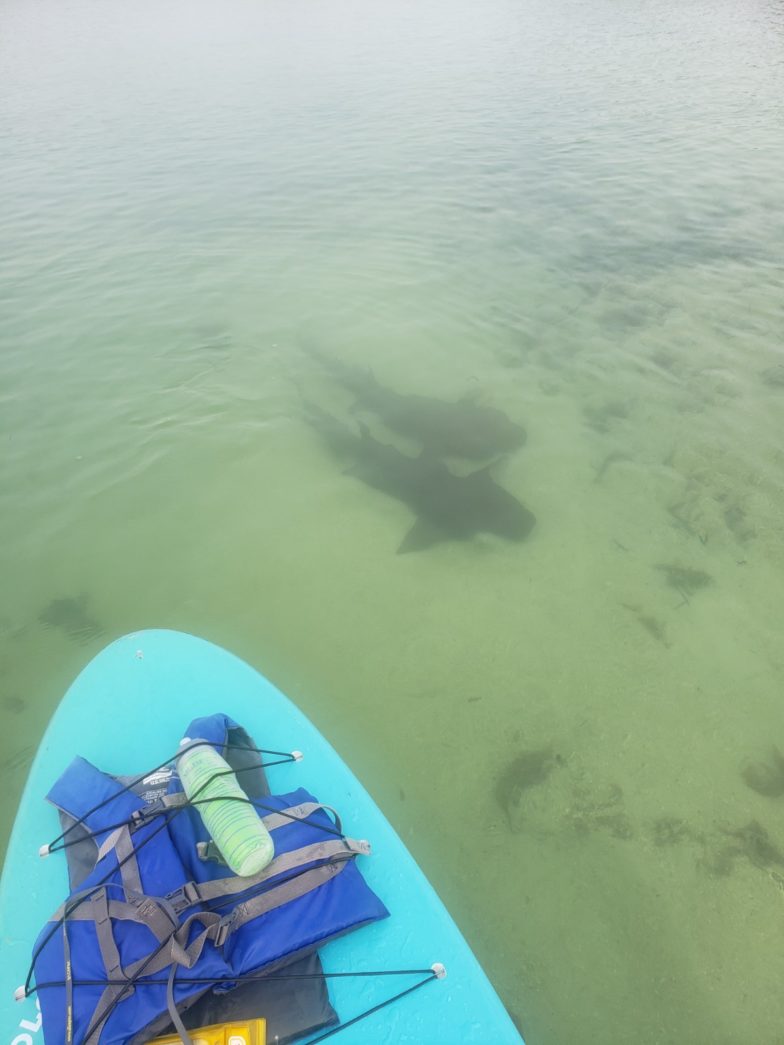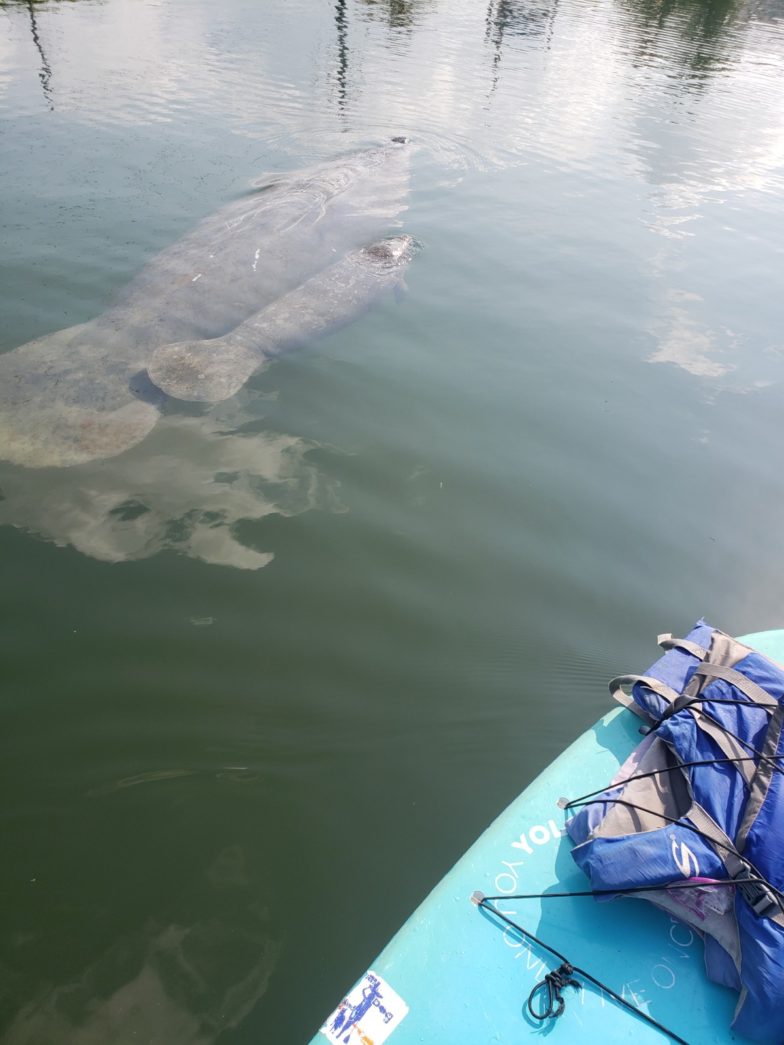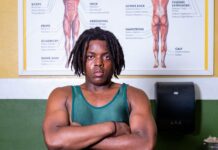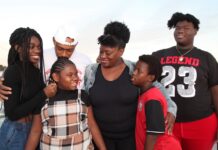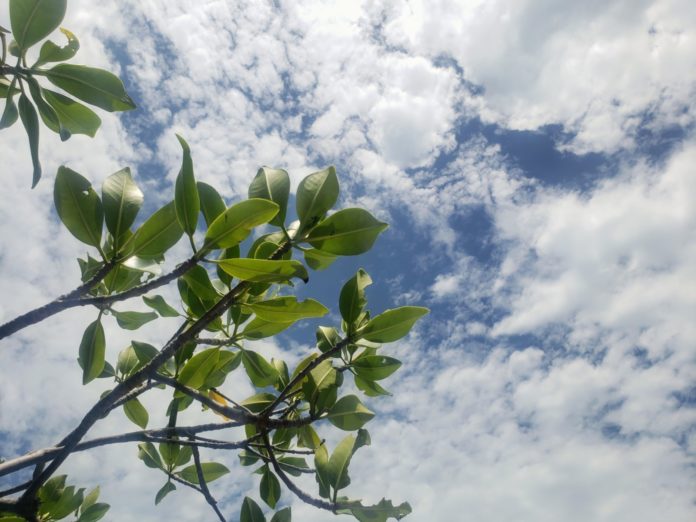
My first year in the Keys, I bemoaned the loss of seasons. I had grown up in the Midwest and spent another decade in the Mid-Atlantic. There were lots of “mids” in my life — and the appropriately spaced and defined seasons that follow. On this little chain of islands, though, it seemed as if seasons consisted solely of hot and hotter. But just as our tastes develop (did anyone actually taste hints of peat moss the first time they tried whiskey?), my senses slowly became attuned to the subtle shifts and moods of the islands. I still can’t justify a down coat on any day of the year here, but after a while, I’ll admit I considered a 70-degree day in February to be chilly.
In a way, summer is our spring in that it’s the most pronounced shift. And lucky us, because nowhere else in the United States does May count as its own season. Here, there are no telltale buds, stark green against dead brown, signaling the coming warmth, but there are screamingly bright flowering trees. May is also the lead-in to mango season, a revered holiday to anyone residing in South Florida. Locally, we celebrate the juicy gems with festivals and special recipes. Homeowners post warnings on their fences to deter kids from vaulting over to grab the fruit. If May in the Keys had a color, it would be luscious orange-yellow.
Not to be upstaged by flora, fauna has its moment this time of year, too. The sidewalks are practically carpeted with baby chicks and the waters teem with new life. Nurse sharks find shelter in the shallow seagrass fields of the Keys’ inshore waters. Right now, a cruise through those areas reveals dozens of pups, ranging from newborns (roughly 10” at birth) to slightly larger “teenagers.” Nurse sharks typically birth litters of 20-plus, but they only mate every 18 months. On Florida beaches, sea turtles are hatching now through October. (A shimmer of good news right now—reports have shown upticks in hatchlings around the world due to COVID-19-related beach closures). Locally, the diligent volunteers with the Key West Sea Turtle Club have continuously monitored the beaches throughout closures. This week, their efforts were rewarded when they discovered a loggerhead nest on Smathers Beach.
A glance up from the sidewalks and water reveals another seasonally related animal event. This past week, many Keys residents found dozens of tiny grey and yellow birds darting aimlessly, or sitting in the grass, slightly stunned. The winged visitors, according to Key West bird expert Mark Hedden, are American Redstarts, a migratory bird that passes over the Keys this time of year. These displaced guests are the result of a “migration fallout,” an event, caused by either severe weather or by the creatures’ own exhaustion, that prevents migratory birds from reaching their intended destination. While fallouts are not particularly common, they do consistently occur during migration periods—often when strong spring weather is rolling around.
Birds aren’t the only migratory creatures in the Keys. Our ecosystem also plays host to snowbirds who tend to head back to their northern roosts around this time of year. The seasonal human exodus forces a shift in the cadence of daily life. Business revenues take a dip and friends have to bid temporary farewells, but the islands open up as half the population files out. There are fewer cars on the roads and fewer blankets on the beaches. Services that have run in high gear for many months catering to the increased population catch their breath. Everyone and everything slows down. just. a. little. bit.
Coupled with calm seas and a steadily heating sun, all that new life, those colorful flowers, and the slower pace take on a shine that can’t be found outside the Keys — May season. Enjoy it as best you can these days.
